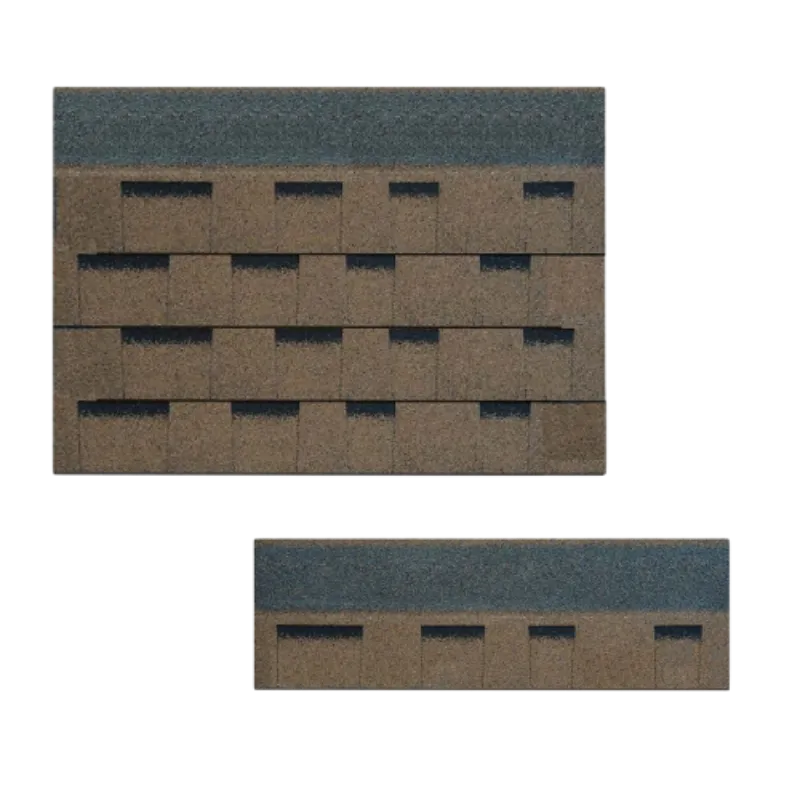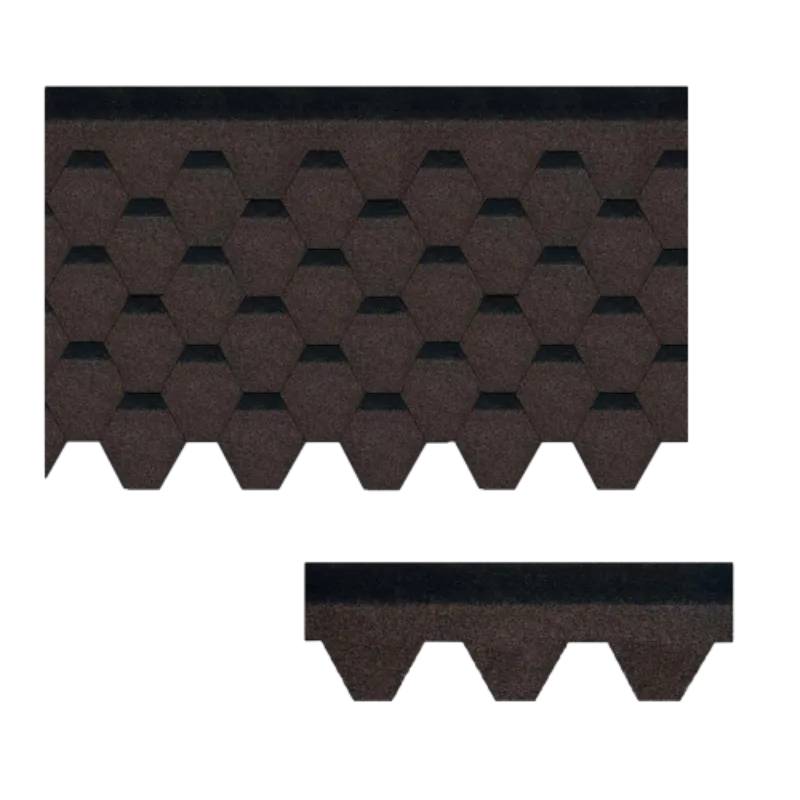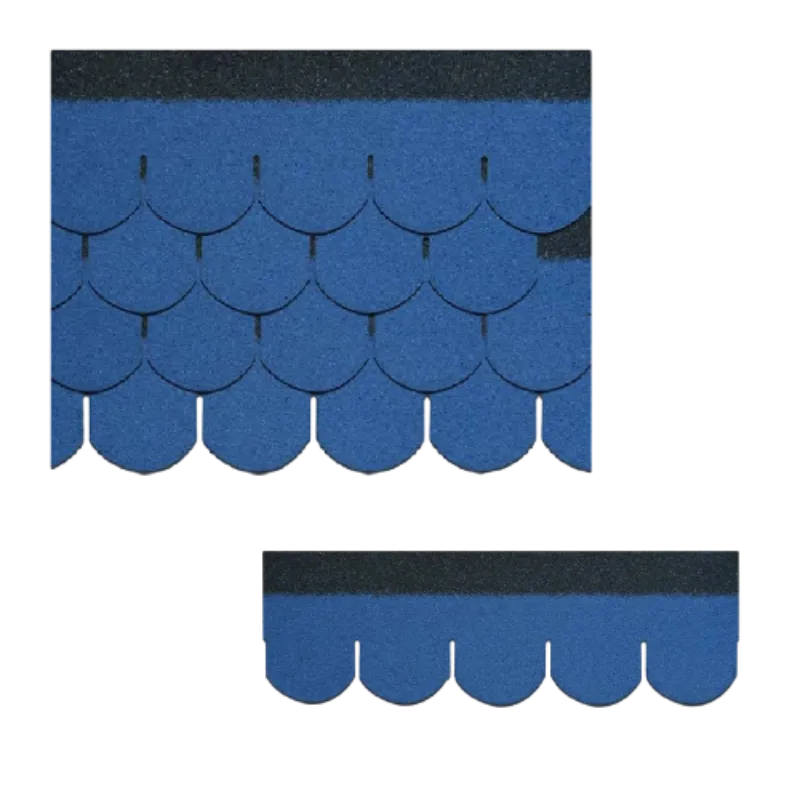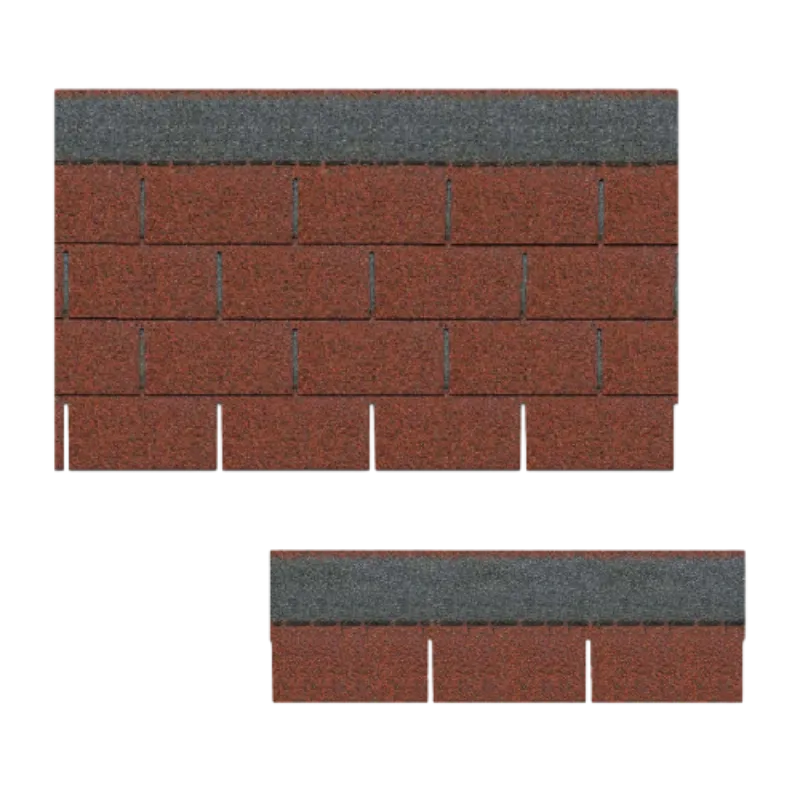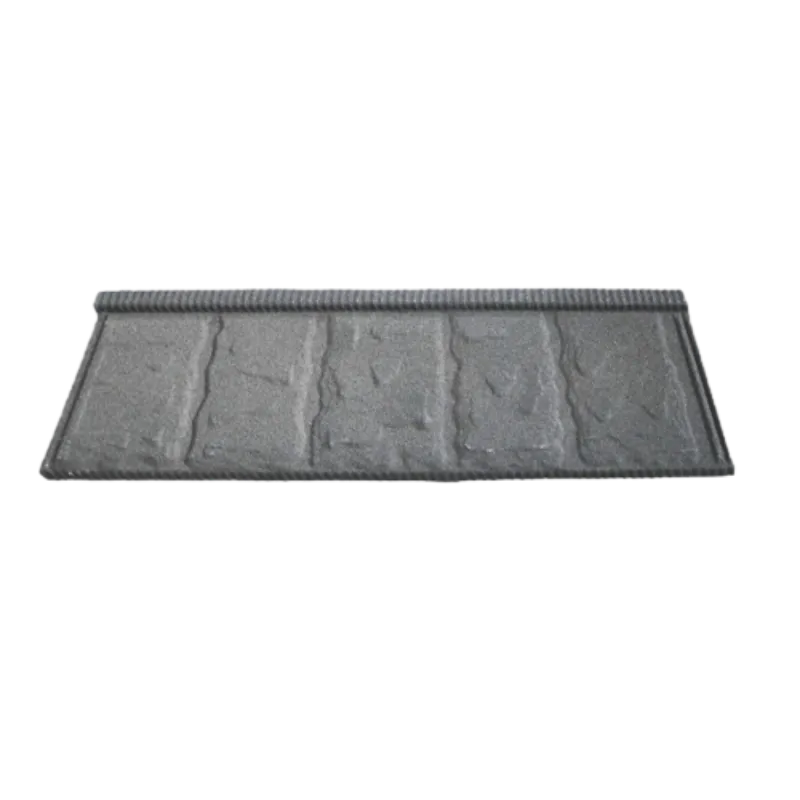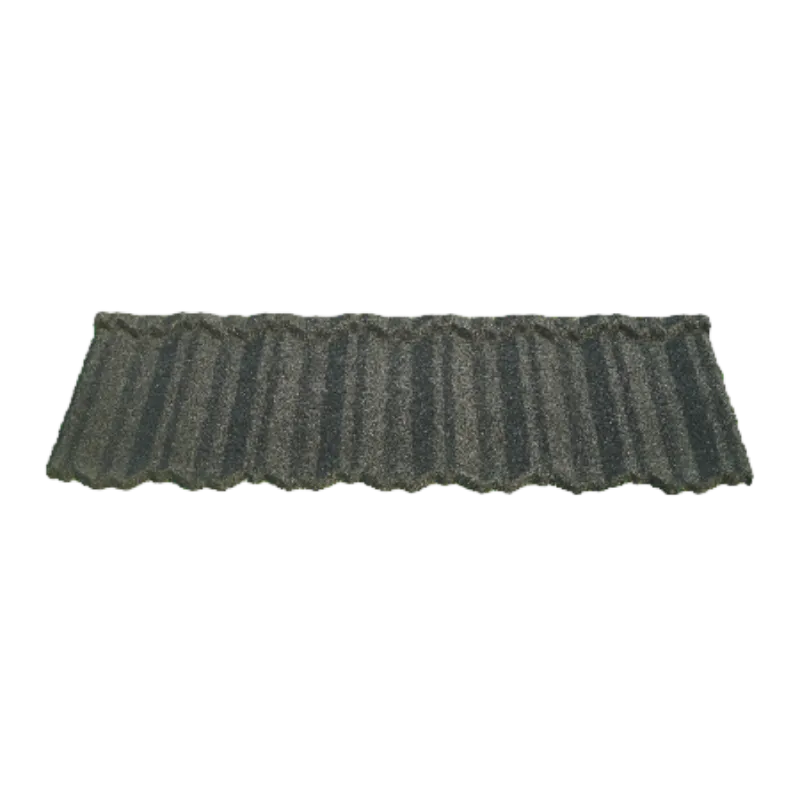
تشرینی دووەم . 17, 2024 08:34 Back to list
Tips for Properly Installing Architectural Roof Shingles for Durability and Aesthetics
Installing Architectural Roof Shingles A Step-by-Step Guide
Architectural roof shingles, also known as laminated or dimensional shingles, are a popular choice for homeowners due to their durability and aesthetic appeal. Unlike traditional three-tab shingles, architectural shingles have a more textured and layered appearance, which mimics the look of more expensive roofing materials. Whether you’re a seasoned DIY enthusiast or a first-timer, installing architectural roof shingles can be a rewarding project. Here’s a comprehensive guide to help you through the process.
1. Gather Your Materials
Before starting the installation, it is crucial to gather all necessary materials and tools. You will need
- Architectural shingles - Underlayment (such as felt or synthetic) - Roofing nails - Starter strips - Roof cement - A utility knife - A hammer or nail gun - A ladder - A chalk line - Safety gear (gloves, goggles, and a hard hat)
2. Prepare the Roof Deck
Ensure the roof deck is clean, dry, and in good condition. Remove any old roofing materials, nails, or debris. Inspect for any signs of damage and repair any rotten or compromised areas before proceeding. Proper preparation is vital for ensuring the longevity of your new roof.
3. Install the Underlayment
Once your roof deck is ready, roll out the underlayment, overlapping each row by at least two inches. This layer acts as a moisture barrier, protecting your roof from leaks. Secure the underlayment with roofing nails or staples, making sure it is flat and tight against the roof deck.
installing architectural roof shingles
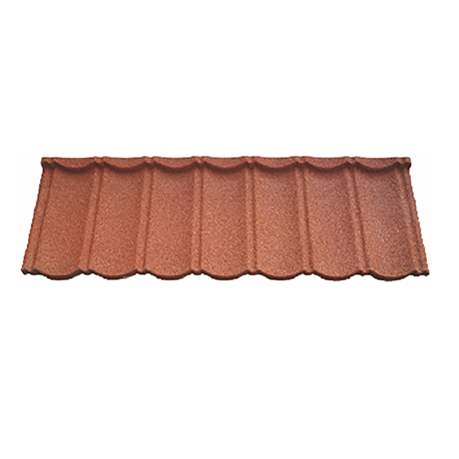
To create a solid base for your shingles, install starter strips along the eaves of your roof. These strips provide a straight edge for the first row of shingles and prevent wind-driven rain from getting underneath. Cut the starter strips to size, placing them evenly along the edge, and fasten them with roofing nails.
5. Lay the Architectural Shingles
Beginning at the bottom edge of the roof, start laying the first row of architectural shingles. Align the shingles with the starter strip, ensuring they are straight and evenly spaced. Use the manufacturer’s guidelines for the recommended exposure, typically about five to six inches.
As you lay each shingle, secure them with the appropriate number of roofing nails as indicated on the packaging. Be cautious not to damage the shingles with over-nailing. Continue laying rows of shingles, staggering the seams between rows for enhanced water shedding.
6. Cut and Fit Shingles
When you reach the roof’s peak or any obstructions, use a utility knife to cut the shingles to fit. Ensure that any trimmed edges still provide adequate coverage to prevent leaks. Use roofing cement to seal any exposed edges or irregularities as needed.
7. Finishing Touches
Once all shingles are installed, inspect your work for any gaps or loose shingles. Use roofing cement to secure any areas that need extra attention. Finally, clean up any debris and ensure that all tools and leftover materials are properly stored.
Conclusion
Installing architectural roof shingles can significantly improve the aesthetics and durability of your home. By following these steps and adhering to safety practices, you can successfully undertake this project on your own. Whether you opt for a professional installation or decide to do it yourself, understanding the process is key to achieving a beautiful and functional roof. Happy roofing!
-
Conservatory Felt Roof Solutions Durable, Weatherproof & Stylish Roof Upgrades
NewsJul.04,2025
-
Roman Stone Beige Tile for Elegant Spaces Roman Beige Ledger Panel & Travertine
NewsJul.04,2025
-
Small Clay Roof Tiles for Durable & Stylish Roofing Red & Custom Options Available
NewsJun.24,2025
-
Lifetime Roof Shingles – Durable Roofing Solutions for Decades
NewsJun.10,2025
-
Top Roofing Shingles Types Compare Different Types of Architectural Roofing Shingles for Your Home
NewsJun.10,2025
-
Affordable Asphalt Shingle Roll Durable & Easy Flat Roof Solution
NewsJun.09,2025


